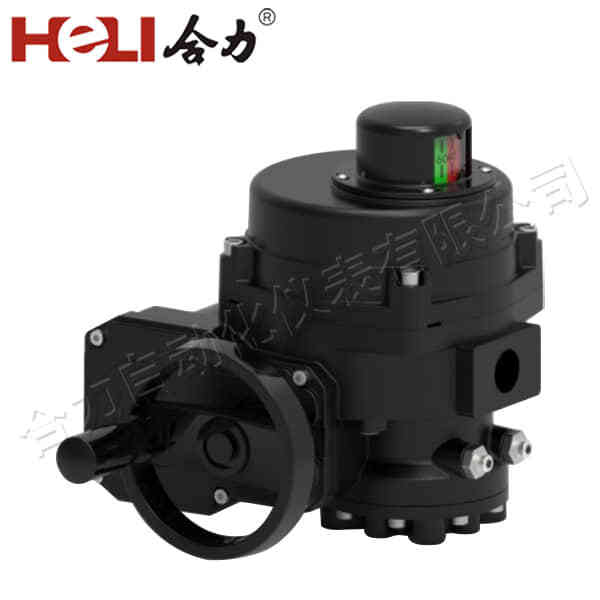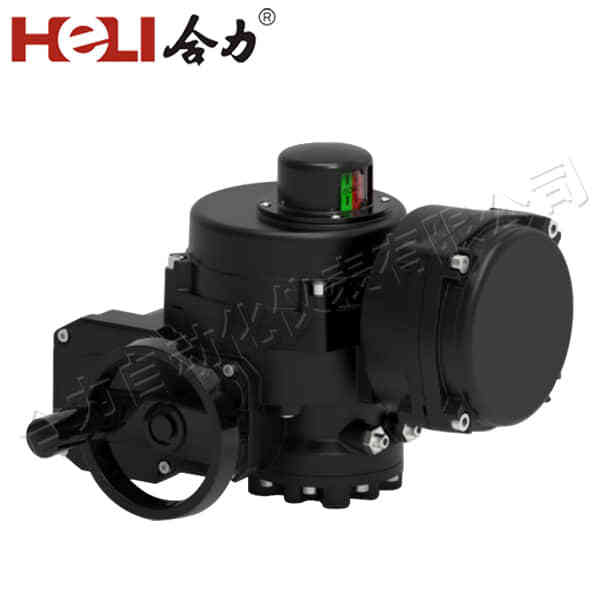understanding electric actuator valves: essential components for modern automation
Release time:2025-04-13 07:37:53
Electric actuator valves are an integral part of modern industrial automation systems, playing a crucial role in regulating the flow of fluids or gases through pipelines. These devices combine the power of electric actuators with the precision of valve mechanisms to control processes in a variety of industries, including water treatment, chemical processing, HVAC systems, and oil & gas production. This article explores the importance, working principles, applications, and benefits of electric actuator valves in industrial settings.

What Are Electric Actuator Valves?

Electric actuator valves consist of two main components: the electric actuator and the valve itself. The electric actuator is an electric-powered device that operates the valve mechanism by converting electrical energy into mechanical motion. This motion can either be rotational (for ball, butterfly, or globe valves) or linear (for gate or globe valves). The electric actuator’s movement adjusts the valve’s position, thereby regulating the flow, pressure, and temperature of the fluid or gas passing through it.




